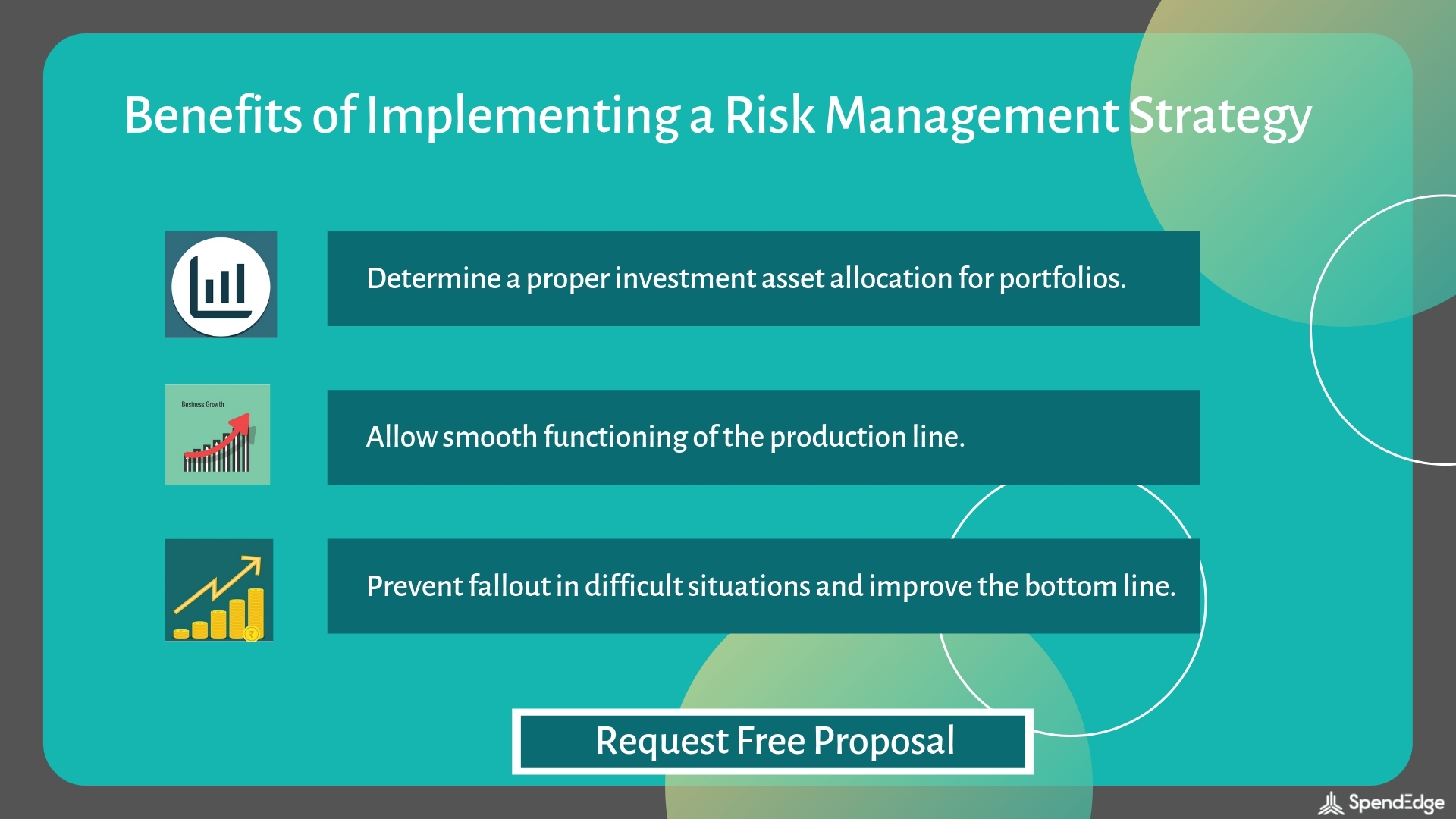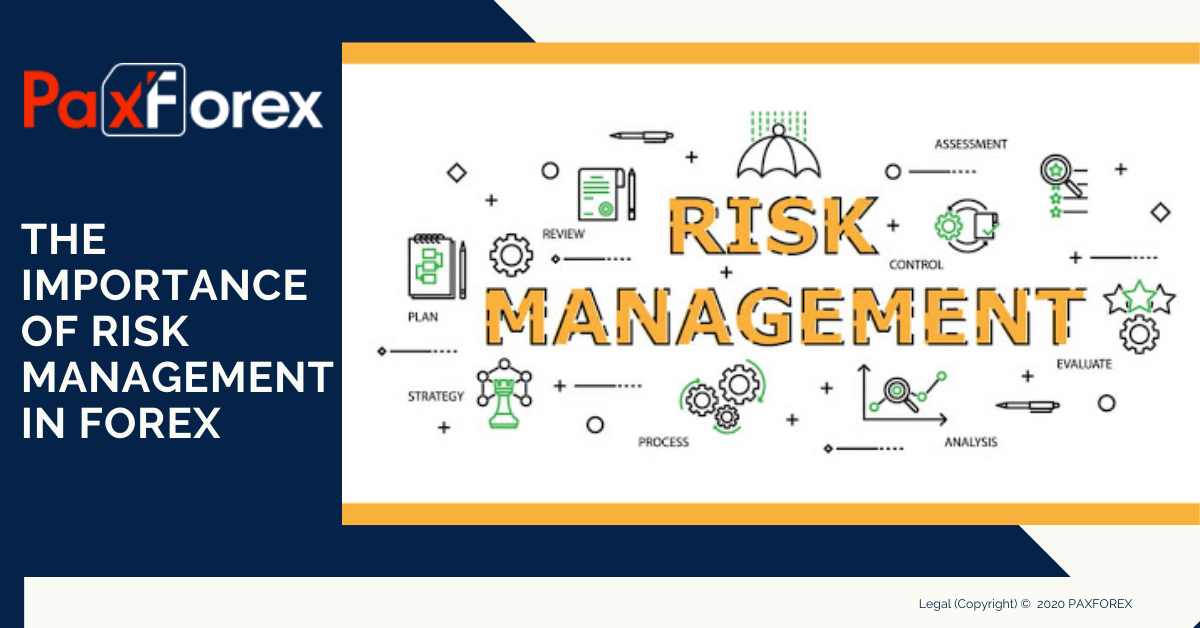Why the Importance of Risk Management Cannot Be Neglected in Today’s Economy
Why the Importance of Risk Management Cannot Be Neglected in Today’s Economy
Blog Article
The Important Importance of Risk Management in Achieving Business Goals
This is where Risk Management steps in, giving a structured approach to determining, assessing, and mitigating prospective obstructions to advance. As we check out the vital function of Risk Management in accomplishing business goals, one can not question yet assist: just how does this equate right into real-world success?
Understanding the Principle of Risk Management in Company

The Important Function of Risk Management in Strategic Planning
Integrating Risk Management right into calculated planning acts as a secure for companies, anchoring their lasting plans with a solid structure of readiness and durability. Risk Management uses a structure for anticipating uncertainties and creating appropriate actions, making sure the organization's survival and prosperity also in the face of difficulty. By integrating Risk Management into strategic planning, companies can transform these uncertainties into chances for growth and innovation.
Techniques for Identifying, Assessing, and Prioritizing Dangers
The process starts with Risk recognition, employing tools such as SWOT evaluation, which aids in determining prospective threats and possibilities. Next off, Risk analysis is conducted to establish the possible impact and chance of each Risk. Threats are prioritized based on their possible influence and probability, enabling organizations to focus their sources on critical risks.
Safeguarding Business Workflow Via Reliable Risk Management
In business landscape fraught with unpredictabilities, effective Risk Management plays a pivotal function in protecting organizational procedures. It acts as a protective guard, minimizing the unfavorable impacts of prospective threats and ensuring the smooth functioning of all procedures. By identifying and examining possible threats, Risk Management makes it possible for companies to establish robust contingency strategies. This precautionary technique help in preserving functional stability, also when faced with unexpected scenarios. In significance, Risk Management is the lifeline that maintains the business procedures afloat in the middle of rough waters. It makes certain not just the survival but the sustainable growth of an organization, making it a crucial device in achieving business objectives. Therefore, companies should buy extensive Risk Management strategies to guard their operations.

Transforming Potential Hazards to Opportunities: The Power of Risk Management
While possible threats could at first show up as roadblocks to organizational success, reliable Risk Management can transform them into chances. A positive technique to run the risk of Management involves identifying, assessing, and focusing on threats to create techniques that transform them into prospective benefits. This process requires the development of a risk-aware society within the company, encouraging people to check out dangers as prospective stimulants for best site adjustment and development, as opposed to mere risks. importance of risk management. Via this lens, potential hazards become chances to innovate, enhance processes, and enhance durability. Hence, by leveraging the power of Risk Management, check here organizations can not only guard their operations however additionally stimulate development and achieve their goals in an unpredictable service atmosphere.
Situation Studies: Success Stories of Risk Management Driving Organization Objectives
Successful execution of Risk Management strategies has actually generated excellent results in different organizations, underscoring the qualities of this approach. Multinational business like Microsoft and Google, as an example, have actually leveraged Risk Management to decrease dangers and make use of chances, driving their organization objectives ahead. Microsoft's aggressive Risk Management technique aided it pivot promptly during the 2020 pandemic, transitioning to remote work efficiently, thereby keeping productivity. Google, by evaluating and reducing potential threats in its cloud-based services, has ensured uninterrupted solution, thus enhancing client trust. These instances show just how effective Risk Management can not only steer services clear of potential pitfalls yet likewise direct them towards their critical purposes. Thus, Risk Management is integral to the pursuit of business goals.
Conclusion
In verdict, Risk Management is essentially important in achieving business objectives. By including Risk Management into calculated preparation, businesses can you can try here better navigate uncertainties, protect procedures, and capitalise on chances, consequently lining up with lasting goals.
At its core, Risk Management is the procedure of identifying, analyzing, and dealing with prospective threats that can adversely influence an organization's purposes or operations. Next, Risk evaluation is performed to establish the prospective effect and chance of each Risk. Dangers are prioritized based on their potential influence and probability, enabling organizations to concentrate their resources on high-priority threats. By determining and examining possible threats, Risk Management allows companies to establish durable backup strategies. A proactive strategy to risk Management entails determining, analyzing, and prioritizing risks to devise techniques that turn them into possible advantages.
Report this page